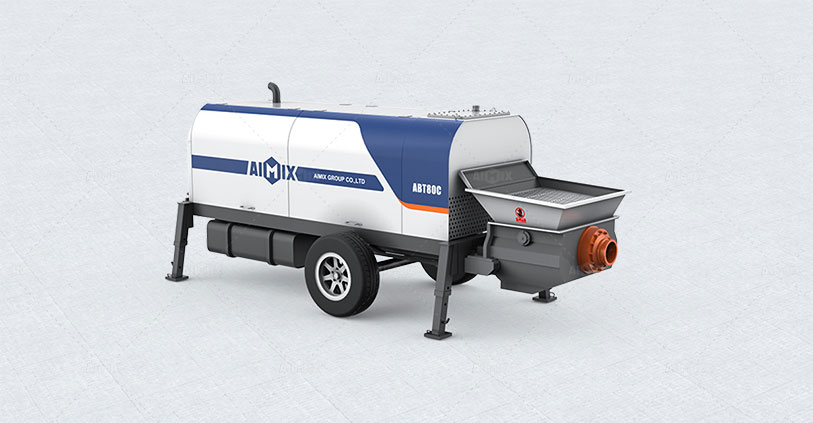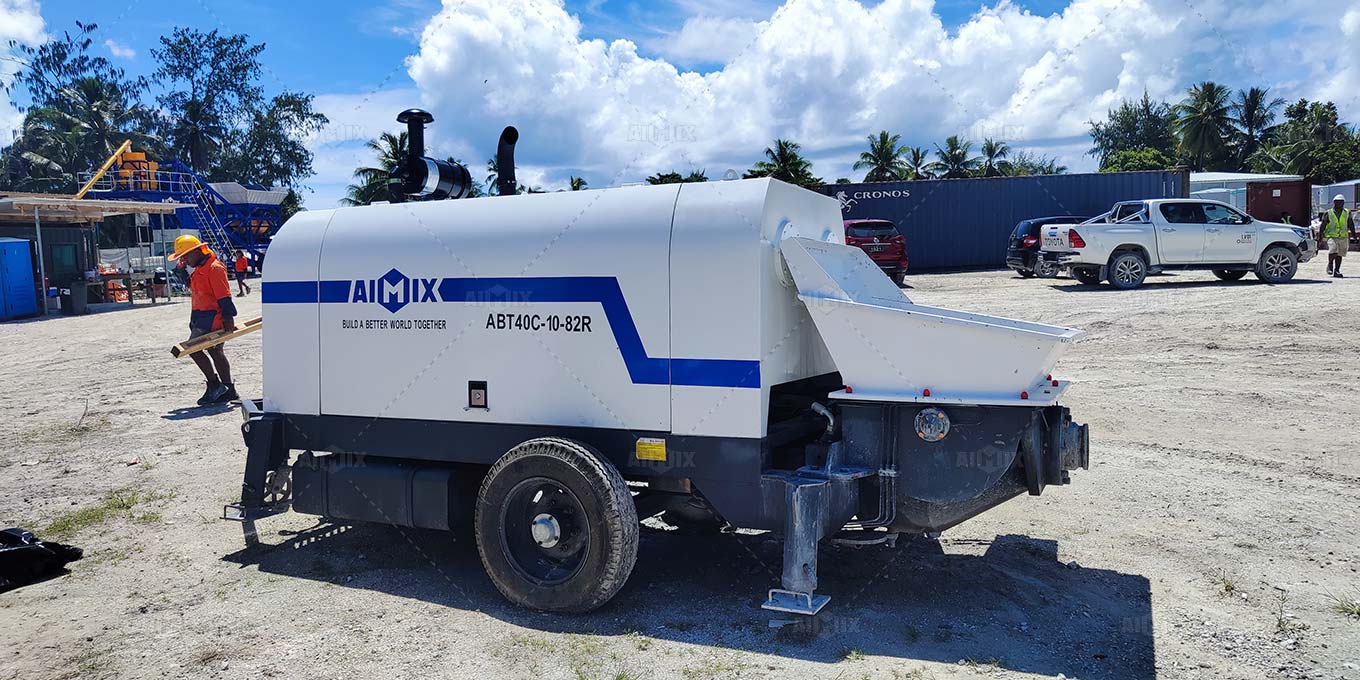Concrete trailer pumps have become indispensable in the construction industry, renowned for their efficiency in transporting concrete over substantial distances. Understanding the output capacity of these machines is critical for project planning and execution. The output can vary significantly based on several factors, including the pump type, the consistency of the concrete mix, and the specific working conditions. This article delves into the intricacies of concrete trailer pump output, illuminating how different environments influence performance metrics.
Factors Affecting Output of Concrete Trailer Pumps
1. Type of Concrete Pump
The type of concrete trailer pump plays a pivotal role in determining output. Generally, there are two principal types: boom pumps and line pumps. Boom pumps, equipped with articulated arms, allow for greater flexibility and reach, making them suitable for large-scale projects. These pumps can achieve outputs ranging from 50 to 100 cubic meters per hour under optimal conditions. In contrast, line pumps, which convey concrete through pipes, typically yield lower outputs, varying between 30 to 60 cubic meters per hour. The choice of pump directly impacts the efficiency of concrete placement, especially in complex site layouts.

2. Consistency and Composition of Concrete Mix
The composition of the concrete mix significantly influences pump performance. A mix that is too thick or contains excessive aggregates can obstruct flow, thereby reducing output. Conversely, a well-optimized mix with appropriate fluidity can enhance the output considerably. For instance, a standard mix designed for pump ability can facilitate an output of approximately 70 cubic meters per hour. However, mixes with high viscosity or those containing additives may necessitate adjustments in pump speed and pressure, thus affecting overall output. Engineers must meticulously design the concrete mix to align with the pump’s capabilities and the project’s requirements.
3. Working Environment and Conditions
The working environment presents a myriad of challenges that can impact the output of concrete pump. Factors such as temperature, humidity, and altitude can alter the behavior of concrete, affecting its flowability and setting time. For instance, in colder climates, concrete tends to thicken, necessitating a higher pressure to maintain output levels. Similarly, high-altitude locations may lead to reduced air pressure, influencing the pump’s operational efficiency. Under adverse conditions, outputs may drop by 20% or more, underscoring the importance of adjusting operational parameters to accommodate environmental variables.

Quantifying Output Under Varied Conditions
1. Standard Operating Conditions
Under standard operating conditions with a typical concrete mix, a concrete trailer pump can achieve optimal outputs. For instance, when utilizing a boom pump in ideal conditions, outputs can reach up to 100 cubic meters per hour. This scenario assumes a well-maintained pump, a properly designed concrete mix, and favorable environmental conditions. Such performance is crucial for projects with tight timelines, allowing for the rapid placement of concrete in large volumes.
2. Adverse Weather Conditions
In adverse weather conditions, output can decline significantly. High temperatures may accelerate setting times, while cold weather can thicken the mix. In such scenarios, the output may fall to between 50 to 70 cubic meters per hour. Moreover, rain can affect the site’s accessibility and the pump’s operation, further exacerbating delays. Construction managers should prepare for these contingencies by implementing strategies such as using accelerators in the mix or adjusting the pump’s operation to maintain productivity.
3. Site-Specific Challenges
Site-specific challenges, such as restricted access or complex terrain, can also hinder the output of concrete trailer pumps. In locations with limited maneuverability, the output may plummet to as low as 30 cubic meters per hour due to the need for multiple setups and repositioning of the pump. The use of line pumps may mitigate some of these challenges, allowing for more flexible delivery routes. It is crucial for project planners to assess site conditions meticulously to optimize pump placement and output. Find a suitable pump to adapt to site-specific challenges: https://aimixconcretesolution.com/concrete-pump/mobile/.
Conclusion
Understanding the output of concrete trailer pumps under varying conditions is essential for effective project management. By considering the type of pump, the concrete mix composition, and the working environment, stakeholders can better predict performance and make informed decisions. Ultimately, optimizing these variables not only enhances productivity but also ensures the successful completion of construction projects. As technology and materials continue to evolve, so too will the capabilities of concrete trailer pumps, promising even greater efficiencies in the future.
